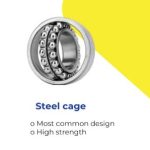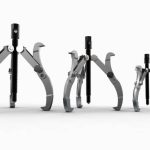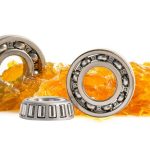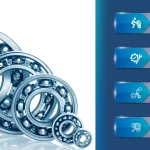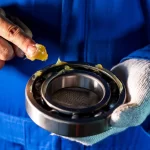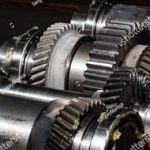Bearing rod ends, also known as spherical plain bearings or Heim joints, are versatile components used to facilitate smooth articulating motion in a wide range of applications. From aerospace engineering to industrial machinery and construction equipment, rod ends play a crucial role in enabling precise movement and load transfer in diverse settings.
What are the Components of Rod Ends?
Rod ends consist of several key components that work together to provide articulating motion and load-bearing capabilities. These components typically include an outer housing or body, a spherical bearing or ball joint, an inner ring or shaft attachment, and a securing mechanism such as a threaded stud or bolt. The spherical bearing allows for angular misalignment between the rod end and the attached component, while the housing provides support and protection for the bearing assembly.
What are the Various Types of Rod Ends?
There are various types of rod ends available, each designed to meet specific application requirements and operating conditions. Common types include male and female rod ends, with male rod ends featuring an external male thread for attachment to a mating component, and female rod ends featuring an internal female thread for attachment to a shaft or stud. Additionally, rod ends may be categorized based on their construction materials, such as steel, stainless steel, or composite materials like PTFE-lined or self-lubricating rod ends.
What are the Applications / Uses of Rod Ends?
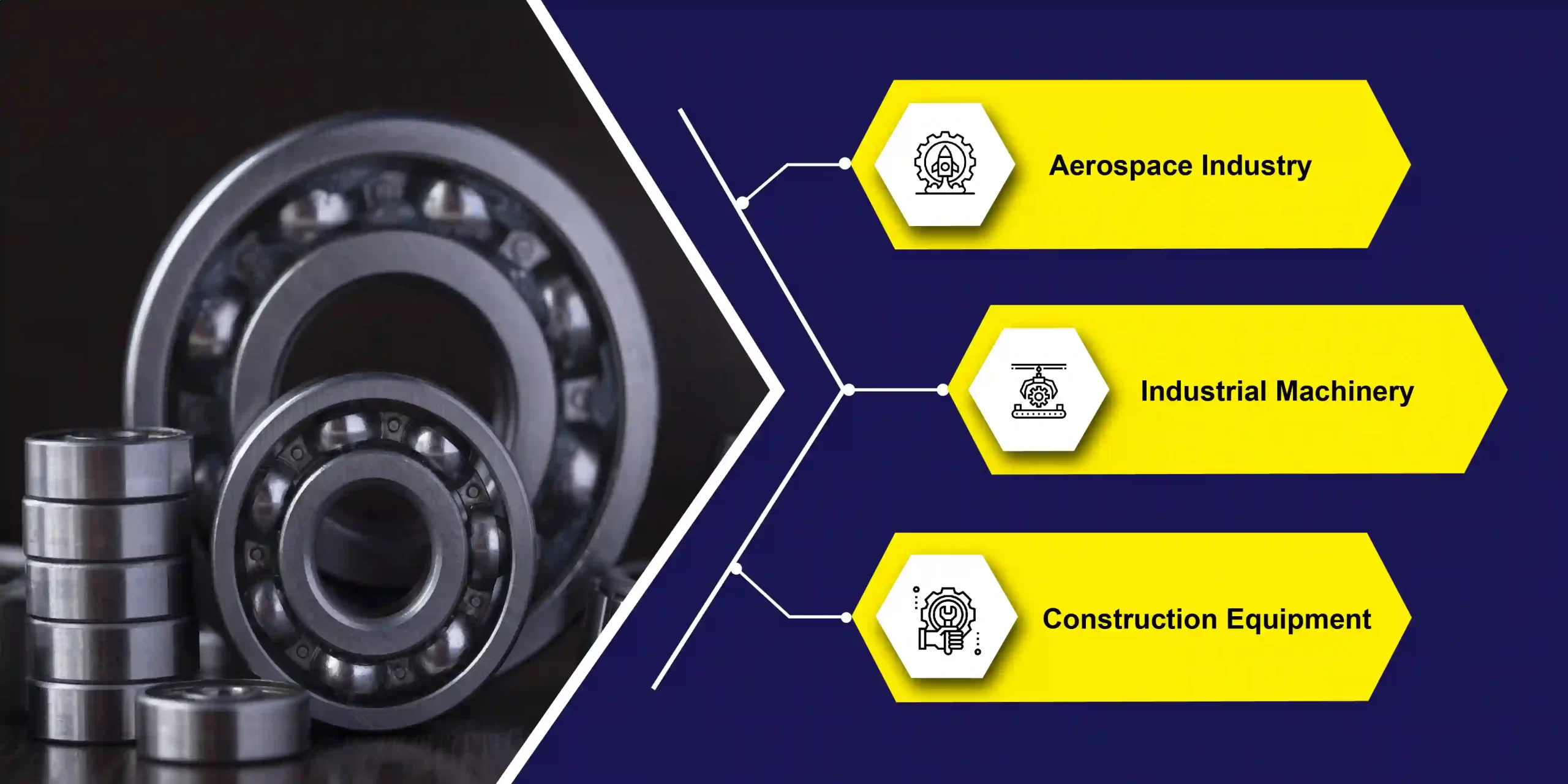
Rod ends find widespread use across a diverse range of industries and applications, thanks to their versatility and ability to accommodate angular misalignment and varying loads.
- Aerospace Industry: Here, rod ends are utilized in flight control systems, landing gear mechanisms, and engine components to provide precise articulating motion and load transfer.
- Industrial Machinery: Here, rod ends are employed in robotic arms, conveyor systems, and linkage mechanisms to facilitate smooth movement and accurate positioning.
- Construction Equipment: Here, rod ends are used in hydraulic cylinders, steering linkages, and suspension systems to withstand heavy loads and dynamic forces.
What are the Advantages / Benefits of Rod Ends?
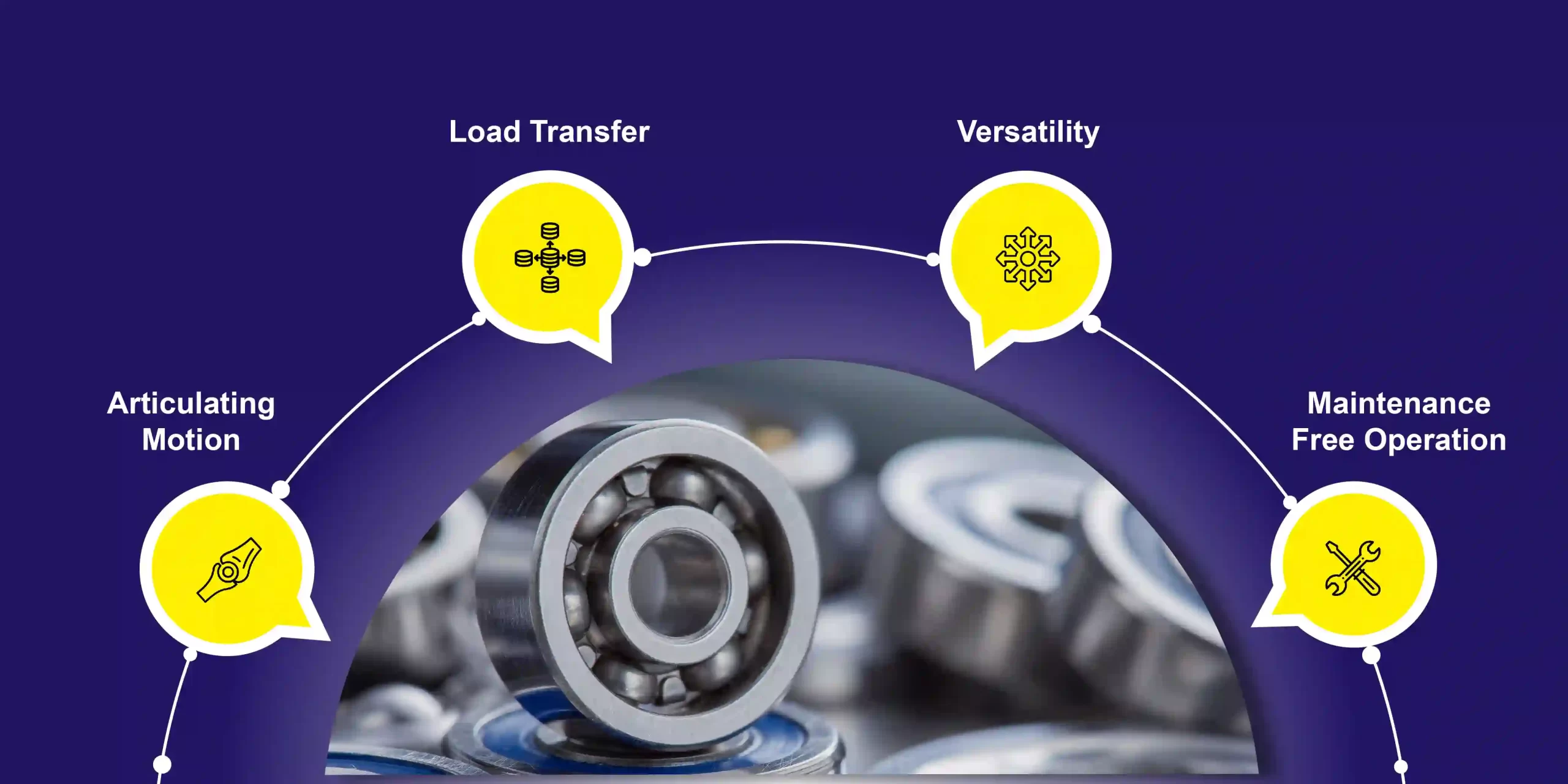
The adoption of rod ends offers several advantages over traditional bearing solutions, including:
- Articulating Motion: Rod ends allow for angular misalignment between connected components, enabling smooth articulating motion in various directions.
- Load Transfer: Rod ends are capable of supporting high radial and axial loads, making them suitable for applications with dynamic forces and heavy loads.
- Versatility: Rod ends come in a variety of sizes, styles, and materials to suit different application requirements and operating conditions.
- Maintenance-Free Operation: Some rod end designs incorporate self-lubricating or maintenance-free materials, reducing the need for frequent lubrication and maintenance.
How to Select & Maintain the Correct Rod Ends?
When selecting rod ends for a specific application, it’s essential to consider factors such as load capacity, misalignment tolerance, environmental conditions, and mounting requirements. Depending on the requirement the specifications will change.
Additionally, proper maintenance is crucial to ensure the long-term performance and reliability of rod ends. Regular inspection for signs of wear, contamination, or damage, along with periodic lubrication as needed, can help prolong the lifespan of rod ends and prevent premature failure.
FAQ's
What are the names of rod ends?
Rod ends are also known as spherical plain bearings, Heim joints, or rose joints.
What is the purpose of a rod end bearing?
The purpose of a rod end bearing is to facilitate smooth articulating motion and load transfer between connected components, allowing for angular misalignment and varying loads.
How are rod ends measured?
Rod ends are typically measured based on their thread size, bore diameter, overall length, and other dimensional specifications, using standard measurement units such as inches or millimeters.
What are rod ends bending?
Rod end bending refers to the angular misalignment or deflection of the rod end under load, which occurs when the connected components are subjected to forces that exceed the bearing’s load capacity or misalignment tolerance.
What are the main parts of a rod?
The main parts of a rod end include the outer housing or body, the spherical bearing or ball joint, the inner ring or shaft attachment, and a securing mechanism such as a threaded stud or bolt.
How many rod bearings?
The number of rod bearings required depends on the specific application and the number of articulating connections that need to be supported. In some cases, a single rod end may be sufficient, while in others, multiple rod ends may be used in a linkage or assembly.
What are end bearings?
End bearings, also known as rod ends or spherical plain bearings, are components used to facilitate smooth articulating motion and load transfer between connected components in various mechanical systems and assemblies.



